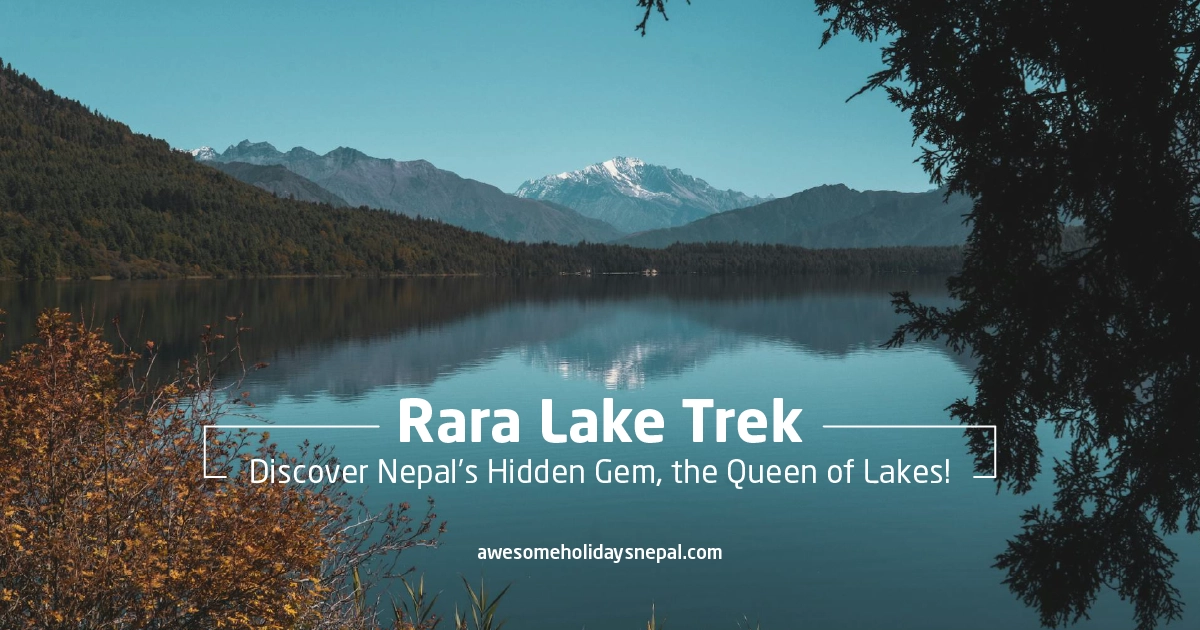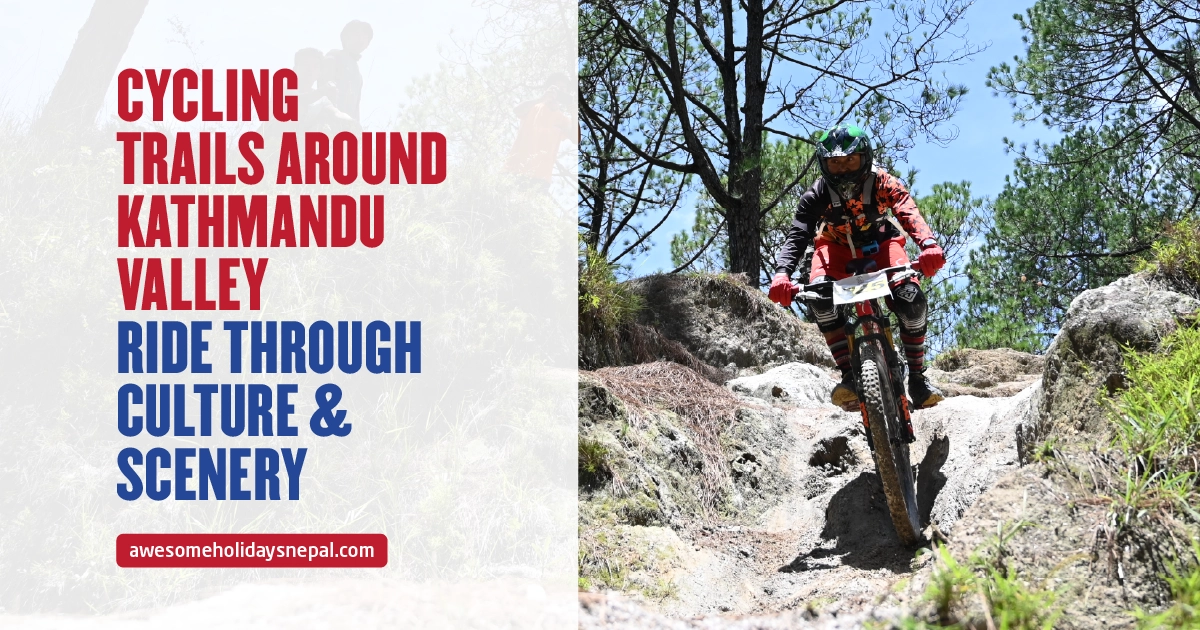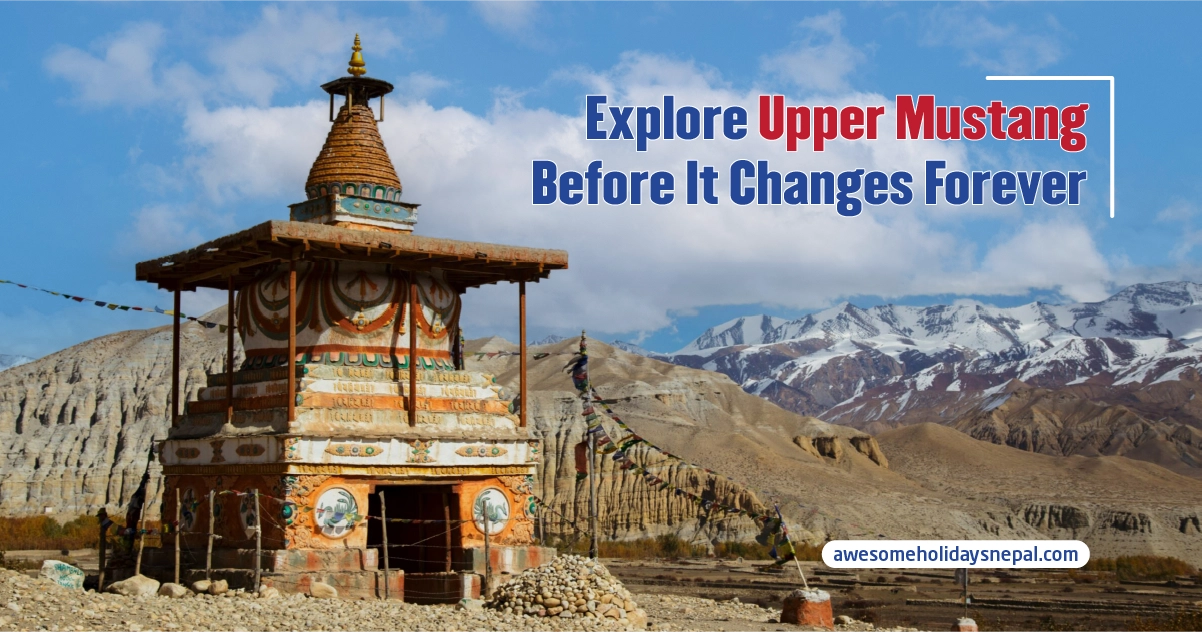Nar Phu Valley: Hidden Himalayan Jewel
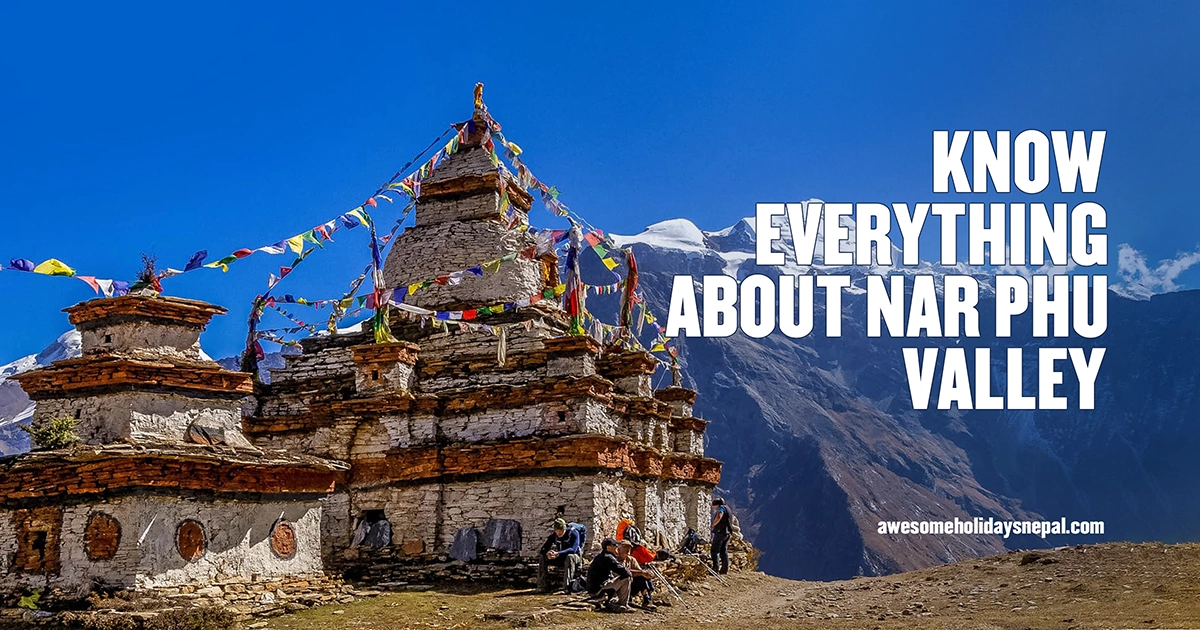
The Nar Phu Valley is one of the best-kept secrets of the beautiful country, Nepal. It is tucked away in the remote folds of Nepal’s Annapurna region which is near the Tibetan border. The valley was opened back in 2003 A.D. for the trip.
Unspoiled by the masses that head to more visited trekking spots, this remote Himalayan gem offers pristine beauty, centuries-old Tibetan culture, and breathtaking mountain views. So, if you want to visit a less traveled, and culturally rich route that takes you back in time, then Nar Phu Valley is the ultimate Himalayan adventure for you.
Nar Phu Valley
Top Highlights
Unforgettable highlights abound on the Nar Phu Valley trip. The valley’s ancient Tibetan-style towns—Nar and Phu—first of all provide a unique view of a way of life that has stayed constant for centuries. Walking through these settlements feels like visiting a living museum of stone houses, chortens, mani walls, and prayer flags fluttering in the wind.
Trekking leads you across steep alpine environments, tight canyons, glacial valleys, and lofty mountains like Kang Guru and Himlung Himal. Phu village’s dramatic location above a ravine with vistas of snow-capped peaks is especially inspirational. Another significant feature is crossing the high-altitude 5,320m Kang La Pass, which provides beautiful vistas of the Annapurna range.
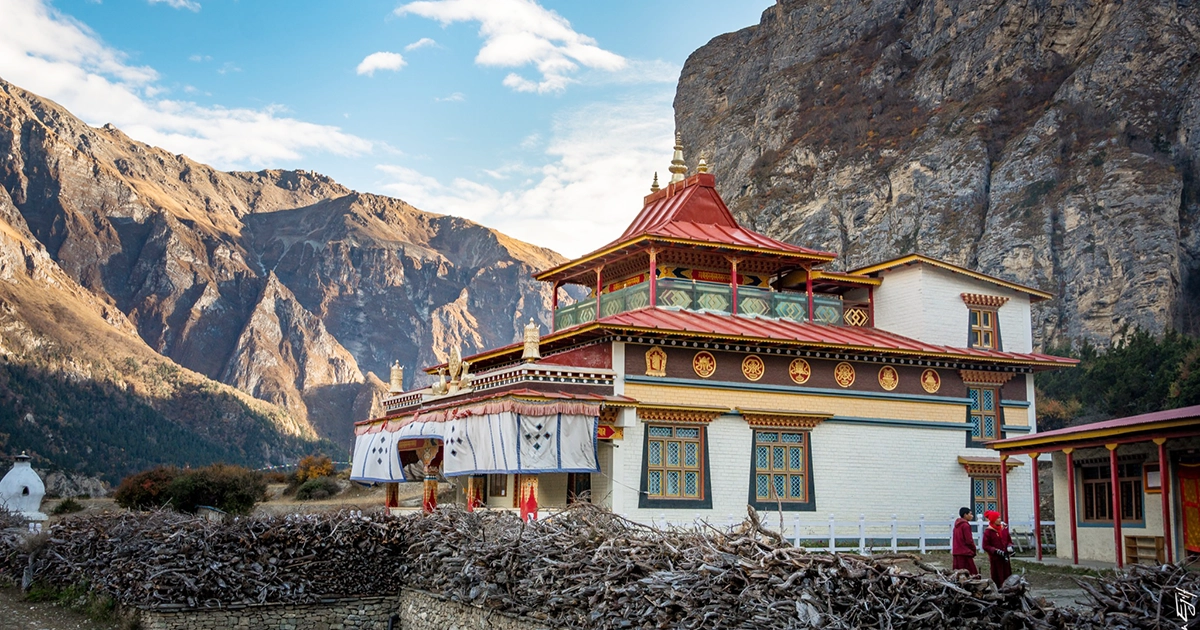
Furthermore, you can also visit historic monasteries like Tashi Lhakhang and Sitka Gompa, which are said to be blessed by Guru Rinpoche. Nestled in centuries of tradition, these spiritual sites offer a peaceful counterpoint to the harsh wilderness.
How to Reach Nar Phu Valley
The journey to Nar Phu Valley commences from Koto, a little town near Chame in the Manang District. Usually, most hikers like to drive from Kathmandu to Besisahar via a long but beautiful jeep trip of 6 to 8 hours. After that one travels on to Koto for another 8 to 10 hours, depending on road conditions. Yup, the trip is bumpy and rigorous, but the road also offers stunning vistas of gorges, waterfalls, and hamlets.
Some visitors divide the trip by staying overnight in Besisahar or Chame. Though the trip is long, it helps one to look forward to what awaits in the isolated Nar Phu Valley.
Nar Phu Valley Trekking
At Koto, the actual trekking path deviates from the traditional Annapurna Circuit Trek. From here, the path takes north along the remote Nar and Phu valleys. You will slowly climb into the lofty mountains, cross suspension bridges above rushing rivers, and traverse thick pine forests.
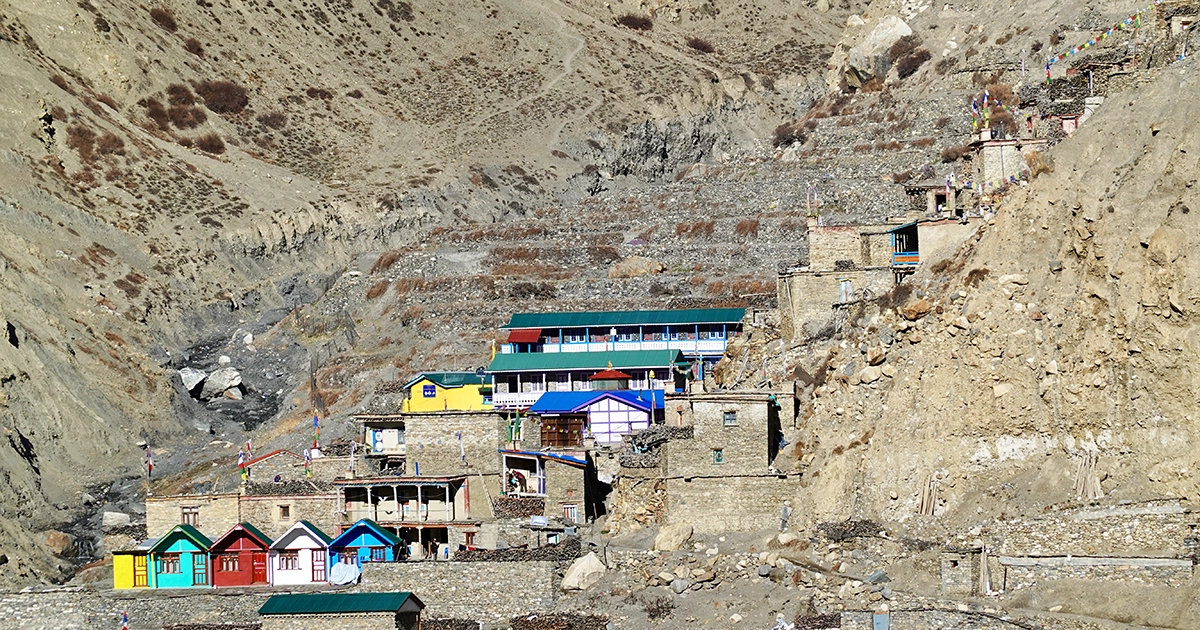
Likewise, you will reach Phu, a small village set against a background of rugged cliffs and Himalayan peaks, some days later. Here you will spend a day, visiting the Tashi Lhakhang Monastery, and engage with the warm-hearted villagers, and explore the local culture. From Phu, the path leads next toward Nar village, a little bigger and busier than Phu’s village.
The journey ends with a difficult but fulfilling effort up Kang La Pass. From the top, you get to witness magnificent vistas that extend along the Annapurna and Dhaulagiri ranges, and it feels so rewarding. Usually at Ngawal or Manang the path then links back with the Annapurna Circuit.
Interesting Detours
Several side paths can help you to make the best of your time and energy. Himlung Base Camp is a well-liked side trip only a few hours’ drive from Phu. The trail isn’t too technical and offers you a glimpse of mountain life in the Himalayas.
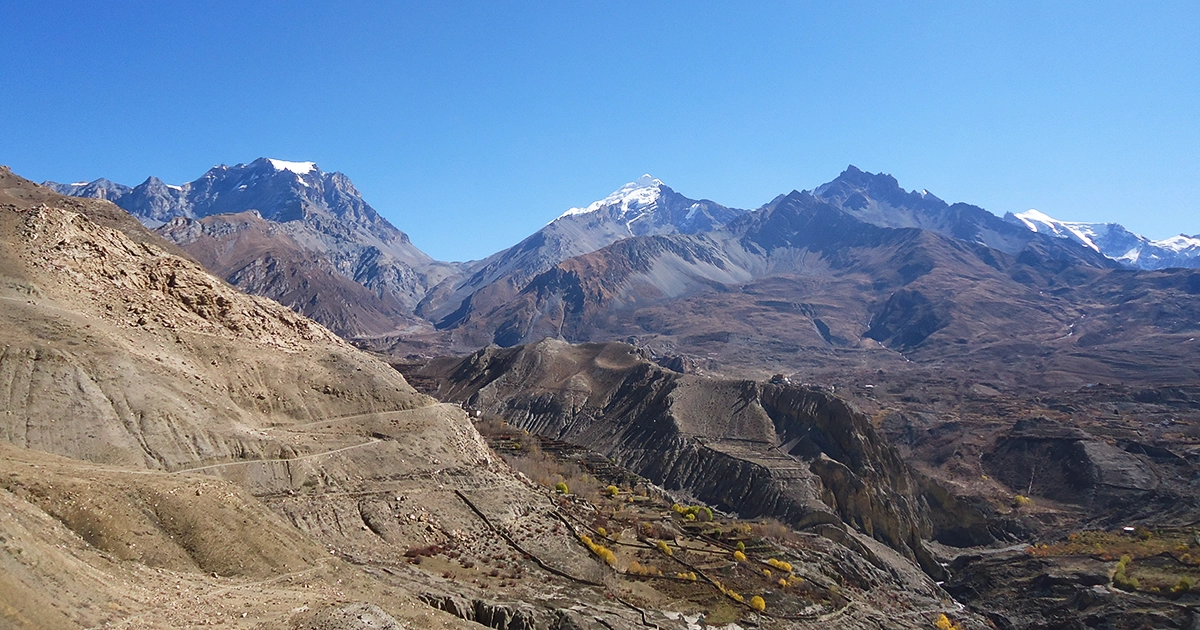
One other alternative is to spend an extra day in Nar village to see the stunning monasteries nearby or just enjoy the peace of this ancient settlement. Continuing toward Thorong La Pass or Tilicho Lake makes for a grander trip if you combine Nar Phu with the Annapurna Circuit.
Best Time to Visit
Nar Phu Valley is best visited during the seasons of spring (March to May) and fall (late September to November) years. During these times, there are consistent temperatures, little cloud cover, and sunny skies.
You will be welcomed by the blooming rhododendrons and mountain flowers abound in spring; autumn brings clear air and stunning vistas of peaks coated with snow. Winter is not perfect due to deep snow (especially around Kang La Pass), and summer (monsoon season) makes the trail slick and difficult.
Permits and Logistics for Nar Phu Valley
As Nar Phu Valley is a restricted zone, you will need to get two permits: an Annapurna Conservation Area Permit (ACAP) and a Restricted Area Permit (RAP).
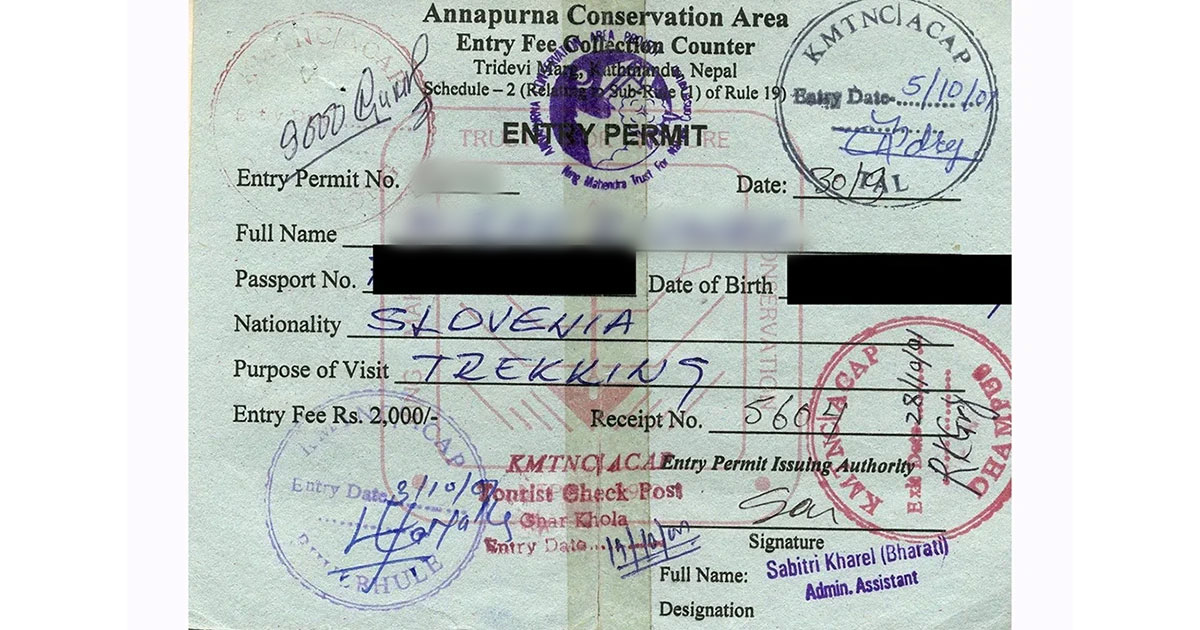
To hike here, a registered guide and at least two group trekkers are required; solo trekking is not permitted under the policy on the restricted zones.
You can get these permits relatively easily from from the Nepal tourism board and can be arranged independently or via a trekking agency like Awesome Holidays Nepal.
Accommodation and Food
Talking about the accommodations, the teahouses in Nar and Phu offer simple but friendly service; it would be too much for you to expect extravagance. Typically, rooms come with hard blankets, foam mattresses, and timber beds. Similarly, there are standard toilets; hot showers (if available) could be charged for.
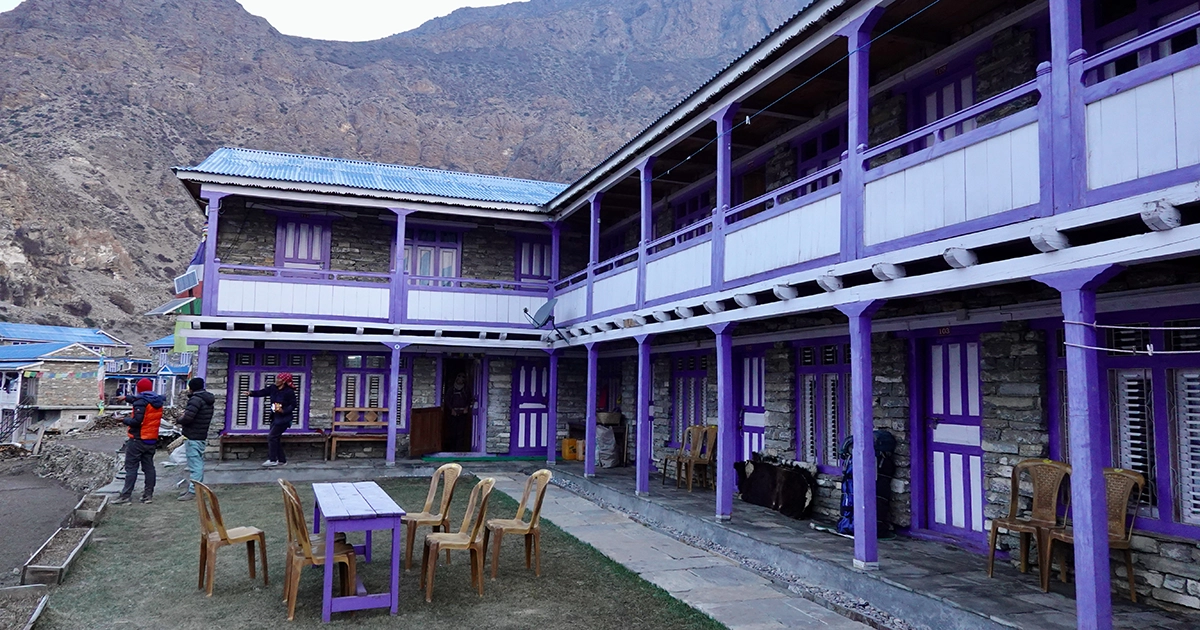
You will get to savor the usual Nepali trekking diet such as Dal bhat (rice and lentils), noodles, soup, and Tibetan bread. Phu and Nar might also offer opportunities to sample regional tsampa (barley flour porridge) or yak cheese. Since choices are few when you’re in the higher altitudes, it would be wise of you to carry around some energy bars or snacks.
Here, we also have a list of 13 foods you should not miss while you are in Nepal.
Difficulty and Fitness
The Nar Phu Valley trek is considered as moderately to highly difficult, particularly in light of its extreme altitude and far-off destination. As you are trekking above 4,000 meters for several days, it calls for proper conditioning and acclimatization since you will also be crossing Kang La Pass at an altitude of 5,320m.
Along the route are simple amenities, sharp ascends and descends, and long walking days. Most reasonably fit hikers can still finish the trip, though proper planning and pacing helps. You should definitely include acclimatization days and do not hurry the trek. It is highly advised to stay hydrated, follow proper diet, and pay close attention to your body for a successful experience.
Explore Nar Phu Valley
Nar Phu Valley is not just a trek—it’s a journey into a hidden world where ancient culture, untamed nature, and spiritual serenity converge. For those yearning for something more than the ordinary, this trip offers a legitimate experience with less crowd, unspoiled trails, and stunning Himalayan vistas.
If you’re ready to veer off the beaten path and explore a lesser known yet profoundly beautiful corner of Nepal, pack your bags for Nar Phu. The stillness of the valley speaks much more, and its scenes will linger vivid in your mind long beyond even after your visit.
Keep exploring hidden gems of Nepal!
FAQs
Expand AllWhere is Nar Phu Valley located?
Nar Phu Valley is situated in the Manang District, in the Annapurna region of Nepal near Tibetan border.
What is the altitude of Nar and Phu Village in Nar Phu Valley?
The villages of Nar and Phu in Nar Phu Valley are located at approximately 4,110 meters (13,485 feet) and 4,080 meters (13,418 feet) respectively.
What is the best season to visit Nar Phu Valley?
The best season to visit Nar Phu Valley is spring season and autumn season.
Can I trek solo in the Nar Phu Valley?
No, one cannot trek solo in the Nar Phu Valley as it is the restricted area of Nepal.
What are the permits required for the Nar Phu Valley?
You need two permits: an Annapurna Conservation Area Permit (ACAP) and a Restricted Area Permit (RAP).
How difficult is Nar Phu Valley trek?
The Nar Phu Valley trek is hard and strenuous due to the high pass and elevation.
Related blog posts
Discover a choice of tourist destinations loved by most of our visitors. Whether you're on a jungle safari to spot rare animals or walking through a world heritage site, these well-planned itineraries cover the major highlights of Nepal.


